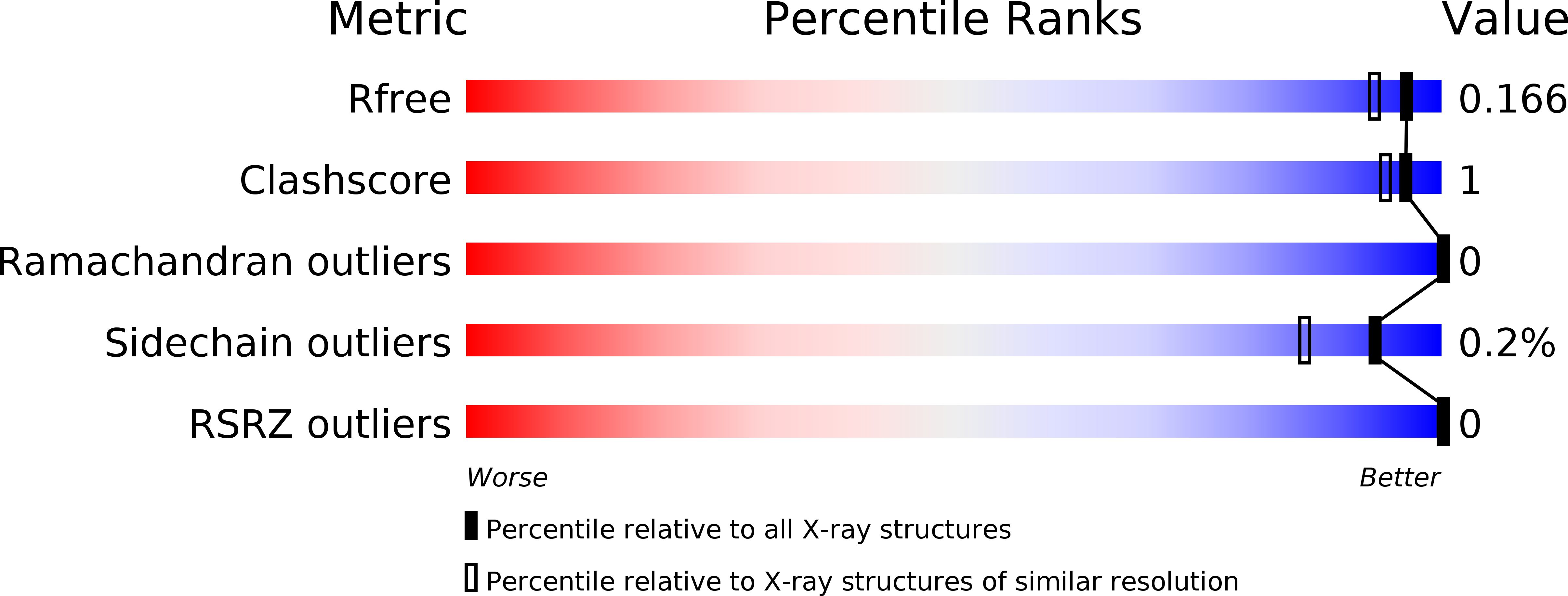
Deposition Date
2015-09-09
Release Date
2016-05-04
Last Version Date
2023-09-27
Entry Detail
PDB ID:
5DN9
Keywords:
Title:
Crystal structure of Candida boidinii formate dehydrogenase complexed with NAD+ and azide
Biological Source:
Source Organism:
Candida boidinii (Taxon ID: 5477)
Host Organism:
Method Details:
Experimental Method:
Resolution:
1.50 Å
R-Value Free:
0.16
R-Value Work:
0.13
R-Value Observed:
0.13
Space Group:
P 1 21 1


